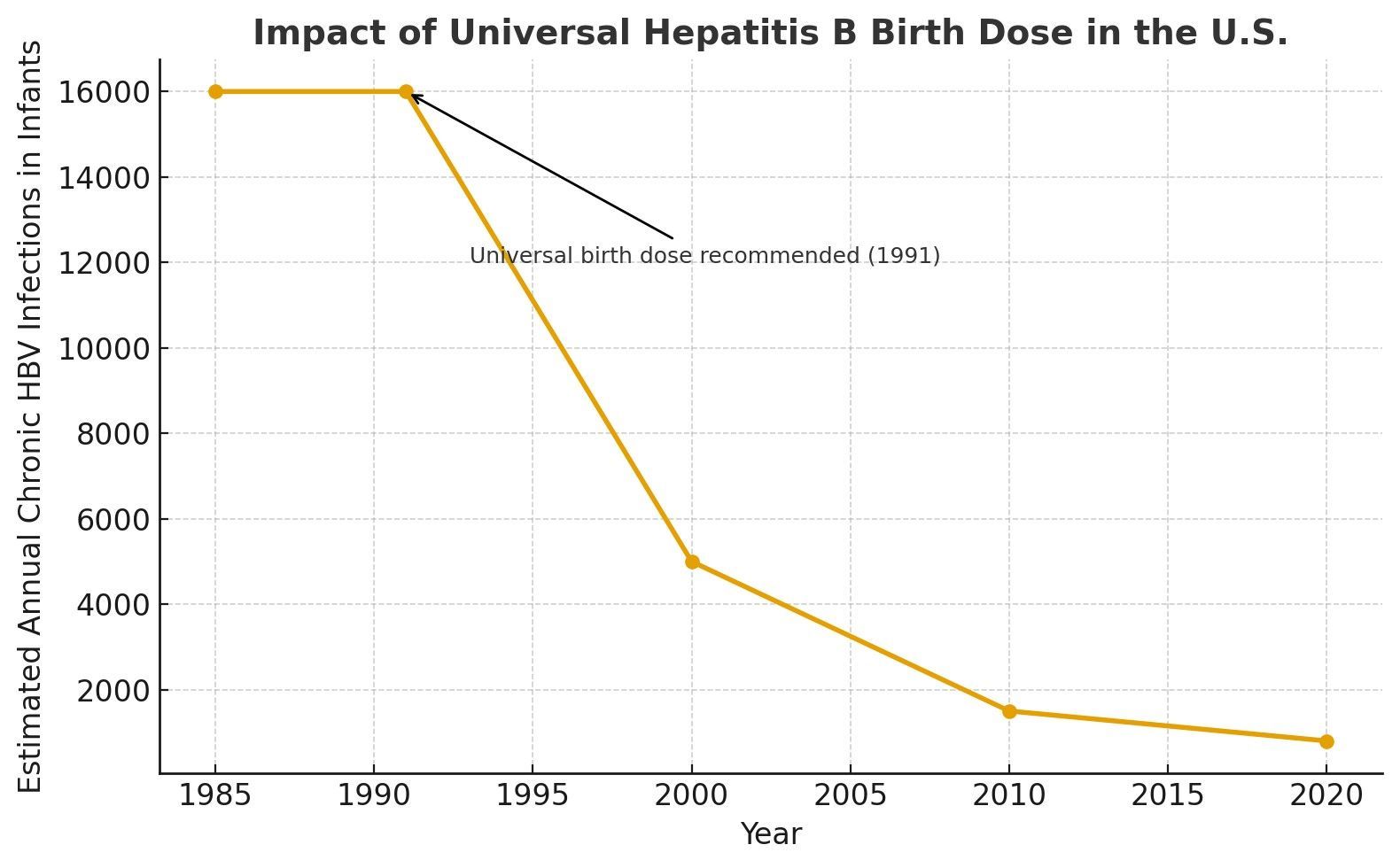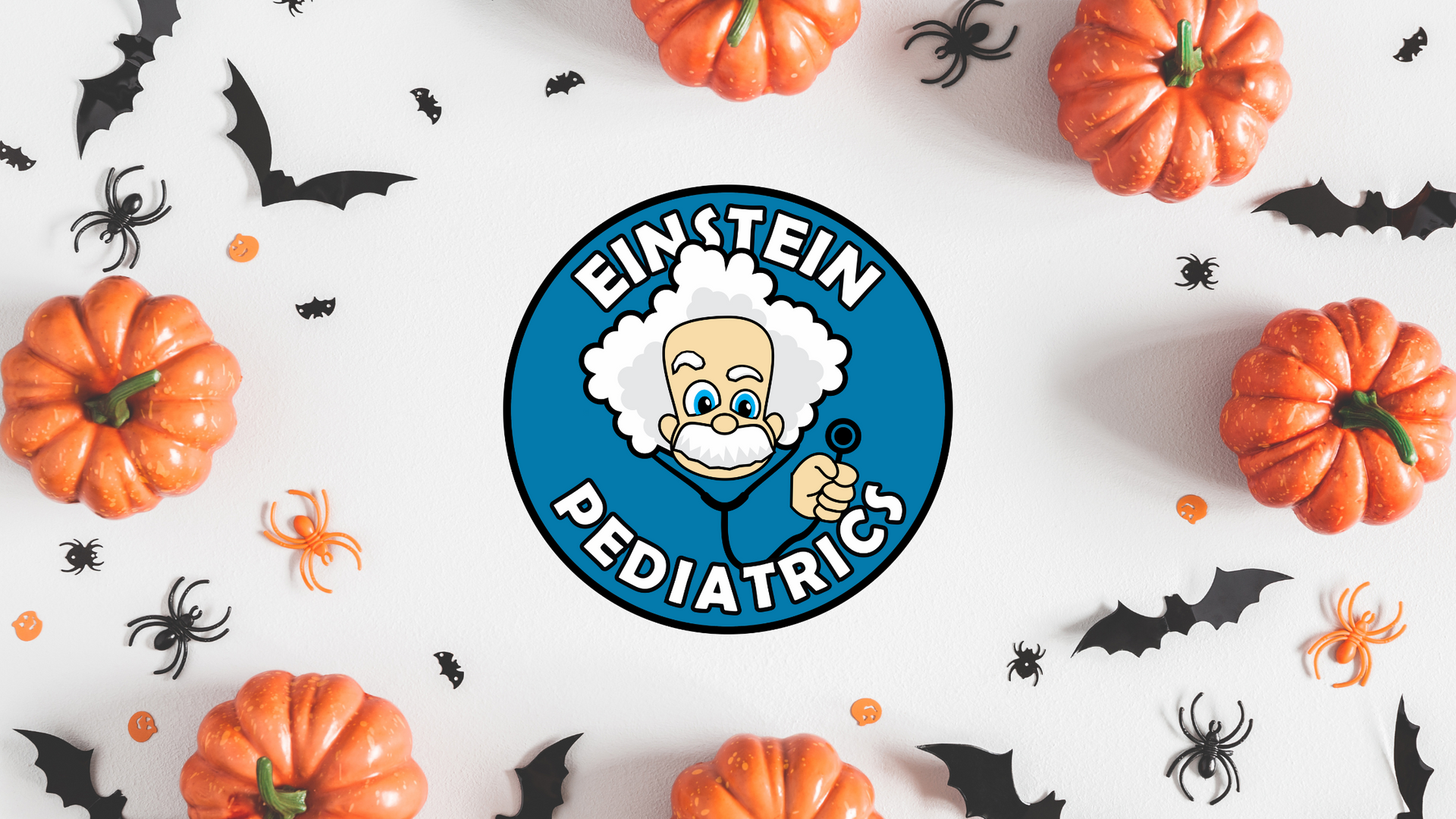Hepatitis B Birth Dose: A History Lesson
How the Hepatitis B Birth Dose Changed Children’s Health in the U.S.
When you bring your newborn home, one of the very first steps in protecting their health happens right in the hospital: the hepatitis B birth dose. This simple vaccine, given within the first 24 hours of life, has been one of the quiet success stories of modern pediatrics.
A Look Back
Before the 1990s, hepatitis B was far more common in the United States. Each year, nearly 200,000 Americans were newly infected. Many of these were infants and young children who caught the virus from their mothers at birth or through close household contact. For babies, hepatitis B was especially dangerous: up to 9 out of 10 infected newborns went on to develop lifelong, chronic infection. Over time, this often led to cirrhosis or liver cancer.
The Big Change
In 1991, the Centers for Disease Control and Prevention (CDC) recommended that all babies in the U.S. receive their first dose of hepatitis B vaccine at birth. This was a shift away from only vaccinating “at-risk” groups. The idea was simple: protect every child from the start, and close the gap for babies who might otherwise be missed.
What Happened Next
The results have been dramatic:
• New infections plummeted — by more than 95% among children and teens.
• Chronic hepatitis B in babies fell sharply — from around 16,000 cases each year in the early 1990s to fewer than 1,000 today.
• Liver cancer in children linked to hepatitis B has become extremely rare in the U.S.
• Community protection grew — vaccinating newborns built a safety net that protects older children, teens, and adults as well.

Why It Matters Today
Most parents in the U.S. now expect that their baby will receive the hepatitis B vaccine at birth. For families, it’s peace of mind. For public health, it’s a shining example of how one simple step can prevent disease, suffering, and even save lives.
✅ Takeaway for Parents:
The hepatitis B birth dose has been protecting children for over 30 years. It’s safe, it’s effective, and it’s one of the reasons liver cancer in children is so rare today.










